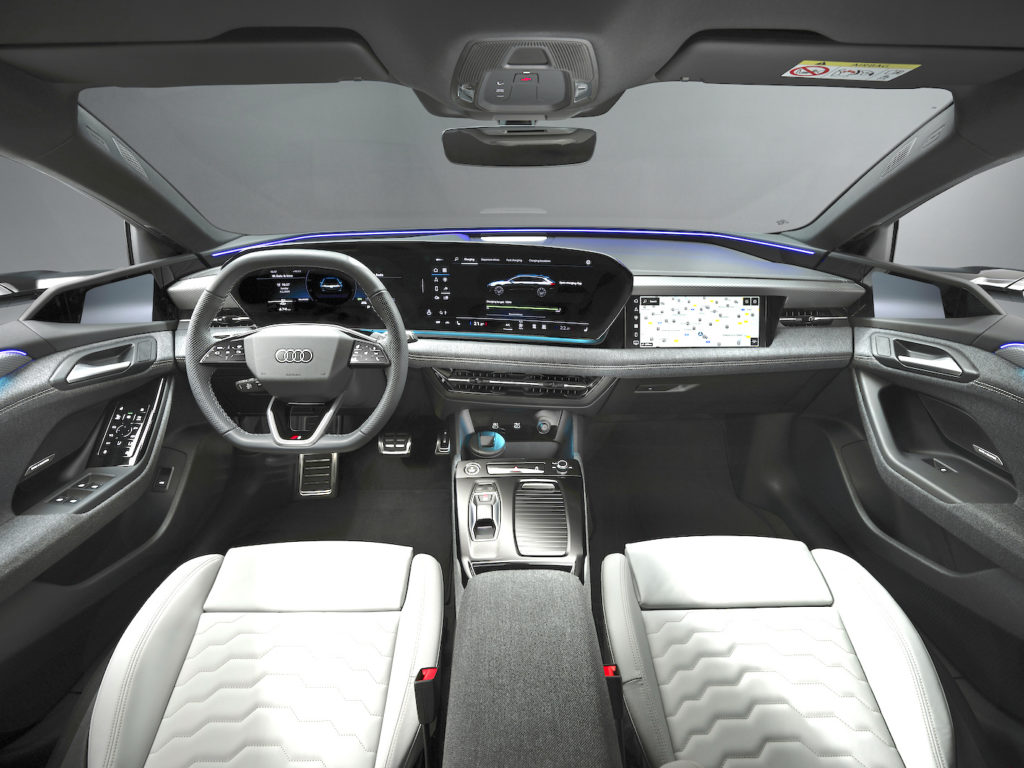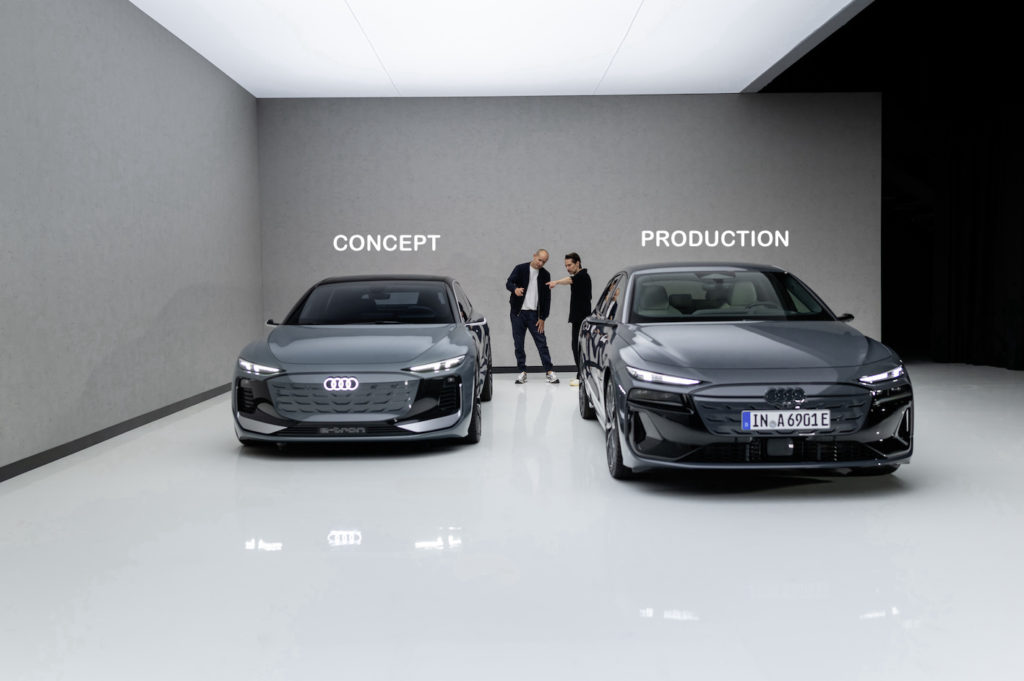

Audi has just revealed the car that will (finally) be able to take on the heart of the Tesla range: the 100% electric Audi A6 e-tron. We’ll skip over the technical specifications, which you’ll find on all the good motoring websites, and confine ourselves to publishing an in-house interview dedicated to design. The production Audi A6 e-tron owes much to the eponymous concept car unveiled in 2021.
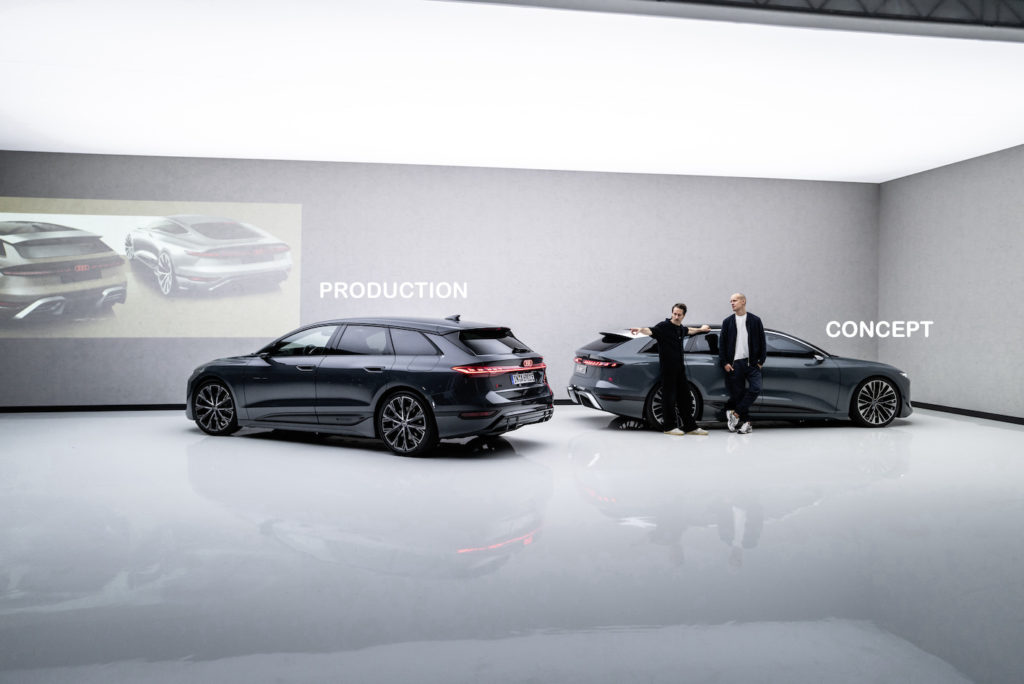
Sascha Heyde and Wolf Seebers come face to face with their two babies. Both are car enthusiasts and have been friends for 20 years. As Audi’s exterior designers, they shaped the A6 e-tron family together. They first unveiled their vision in the stunning A6 e-tron and A6 Avant e-tron concepts. Today, they have taken the design and technology of these vehicles into series production. But how do you make your ideal a reality? How do you maintain the charm of a concept car in series production?
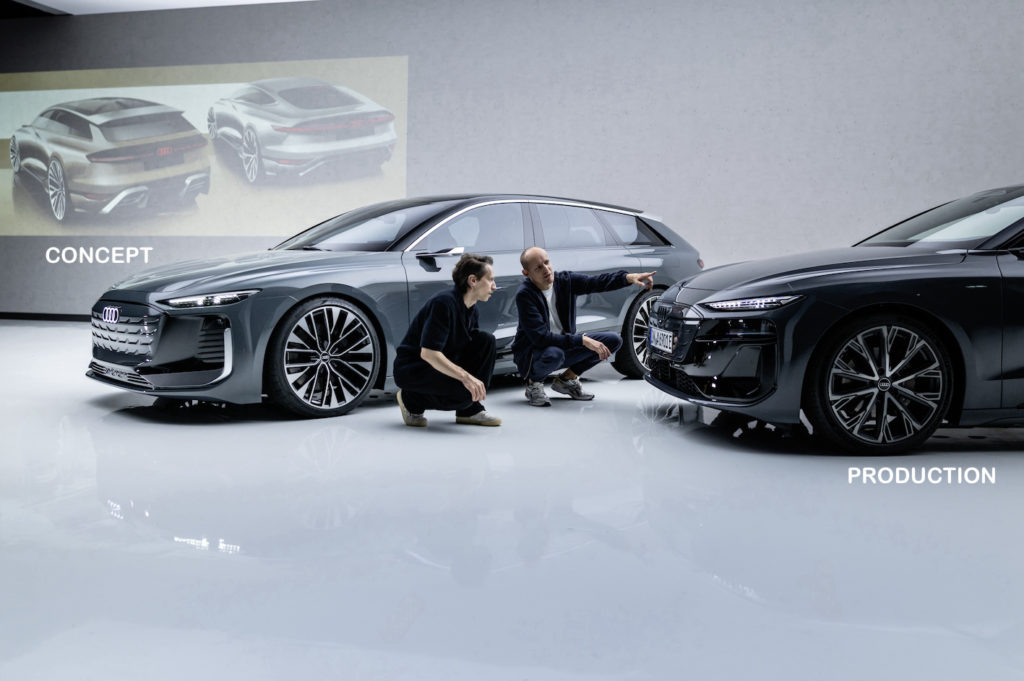
The story of the Audi A6 e-tron began with two concept cars in 2021. Are such concepts still useful today?
Sascha Heyde: We see concepts as free and uncompromising visions in terms of design and implementation. We are living in a unique era for automotive design. The importance of sustainable solutions, suitability for everyday use, personal freedom and the evolution of Audi’s DNA for the electric age are all having an impact on design. Design can take many approaches to help shape this transition. Concept cars allow us to quickly create new worlds and look for answers. They are at the cutting edge of innovation and represent a vision of design and new technologies.
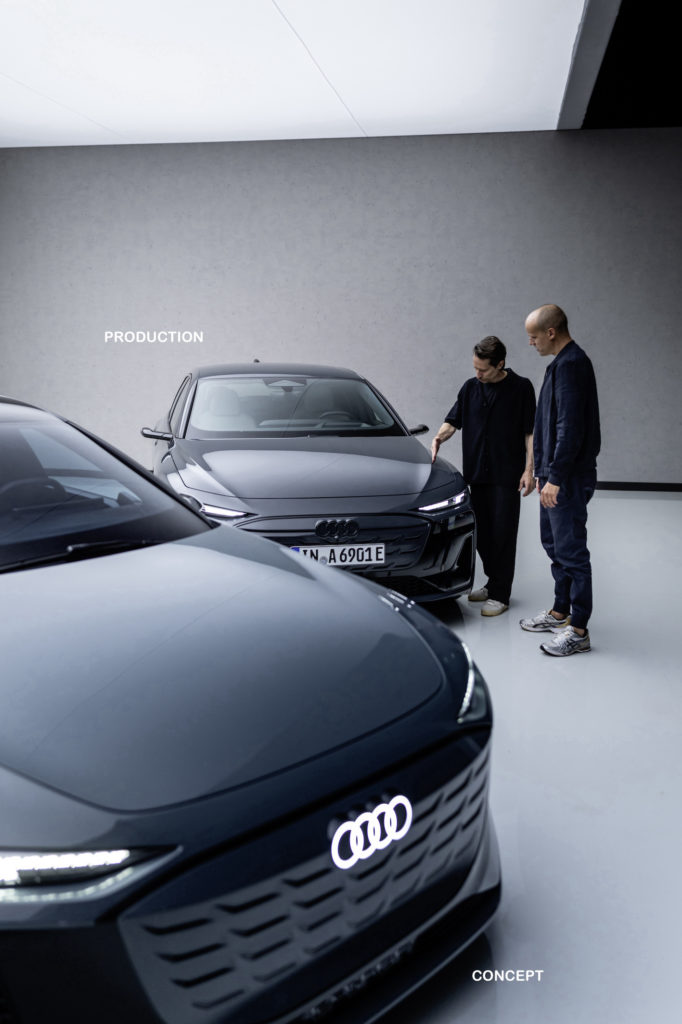
Wolf Seebers: Cars are no longer just about getting from A to B as comfortably, quickly and conveniently as possible. That’s far too short a view these days. Cars in the top-of-the-range segment are more like companions, design objects and expressions of our personality. Concepts help us to explore, define and create such limitless spaces.

In 2021, when you designed the Audi A6 e-tron and Avant e-tron concepts, you had no limits, no requirements? Did you have a completely free hand?
Sascha Heyde: From the outset, we determine whether a concept car will serve as a precursor to future production models, or whether it will anticipate future developments. When it comes to a production-oriented concept, we can first ignore the purely technical requirements and give priority to proportions, because these are the most important for good design. This means that designers tend to exaggerate a little in this area. The result is that concept cars tend to have a slightly flatter, wider stance than production models.
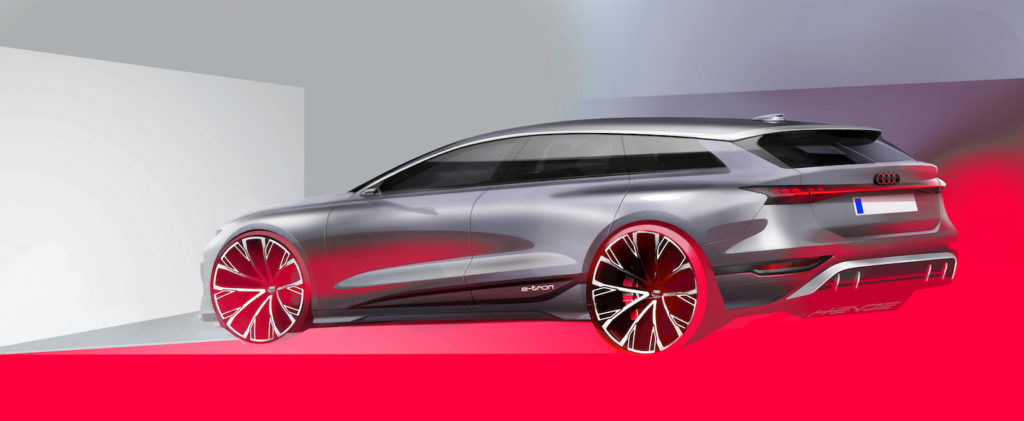
Wolf Seebers: We showed concrete forms very early on for many of our concepts. Take the Audi TT, for example. When Audi unveiled the concept at the Frankfurt Motor Show in 1995, nobody would have believed that the car would be on the road in this form just three years later. Even though the safety guidelines led to many adjustments, the exterior of the car gave no indication of this. I think we’ve achieved something similar with the Audi A6 e-tron.
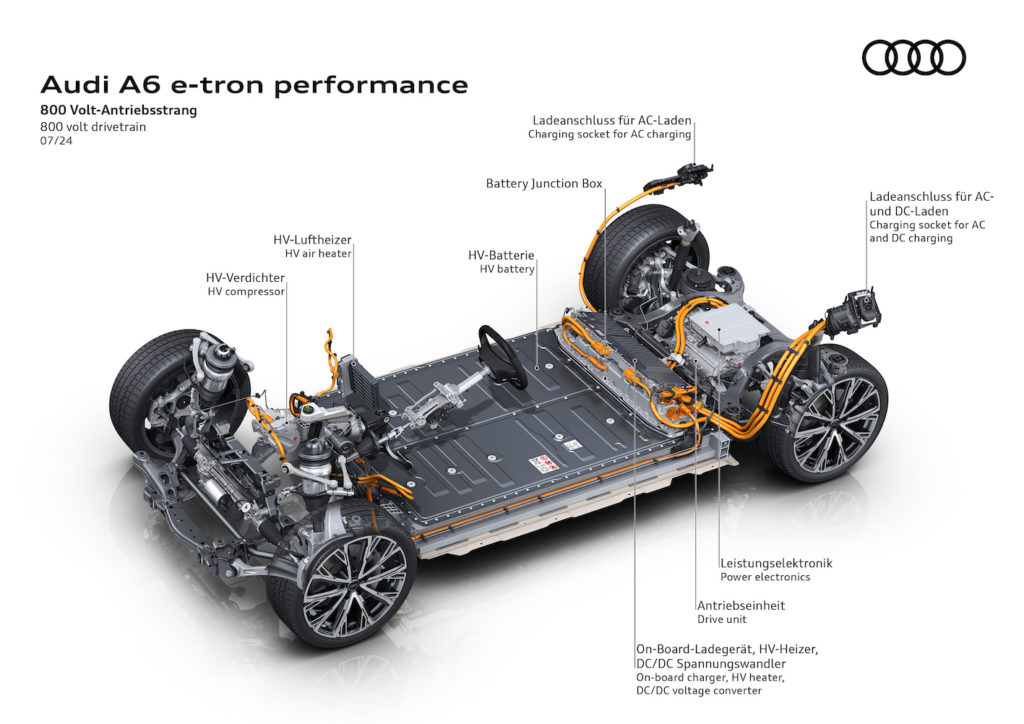
The new A6 e-tron and Avant e-tron are based on the new PPE platform mentioned above. How has this new technical basis influenced the design?
Wolf Seebers: As Sascha has already pointed out, proportions are everything. We were determined to give the new Audi A6 e-tron the attractive proportions of the concept car. I’m talking about the classic Sportback silhouette that Audi fans know so well. The production A6 e-tron is the first model to feature a fairly low floor despite the presence of the battery pack. This is thanks to the new PPE platform. In terms of design, it was a real challenge. In an e-tron, the battery is the heart of the car. From an aesthetic point of view, this makes the vehicle taller than what we designers would like to see on this type of bodywork. To get the best out of it, that’s where the negotiation of every millimetre began. We developed the rocker panel inlay to introduce a horizontal cut into the car, adding another segment to the side profile to visually compensate for the extra height.
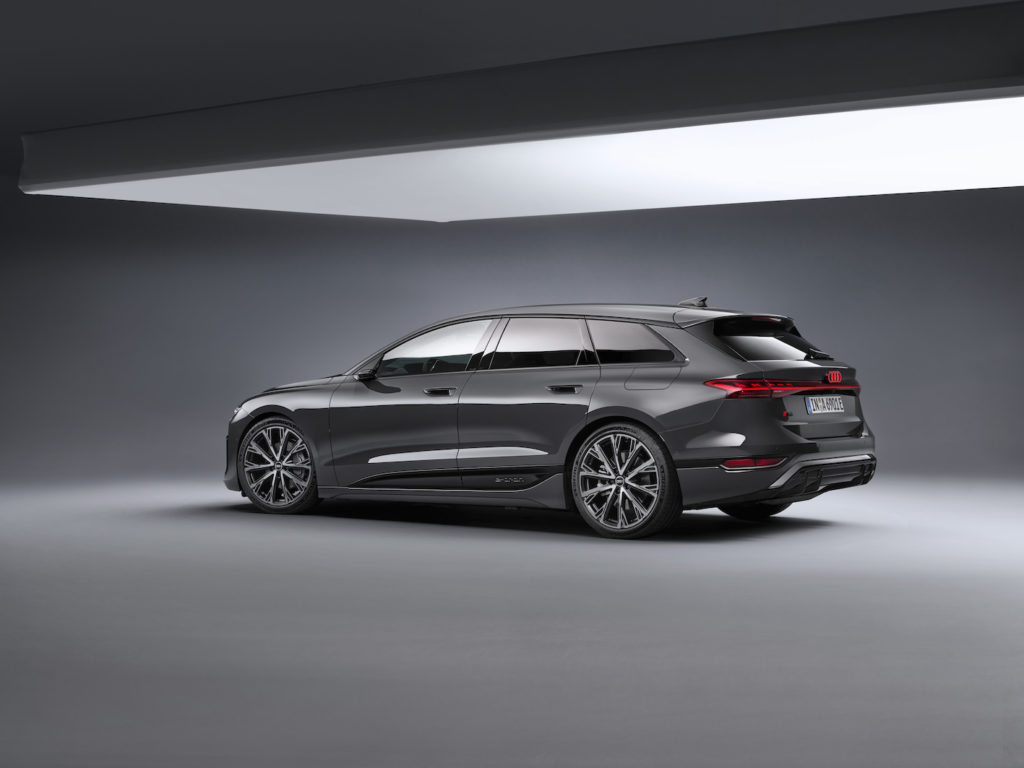
Sascha Heyde: The inlay has become a real family trait shared by our electric models. You can see it on the Q6 e-tron, the SUV counterpart to the A6 e-tron, and the new e-tron GT series. We deliberately decided to highlight the area where the heart of our electric models beats. We also wanted the front of the A6 e-tron to be very close to the study. The progressive face looks high-tech and futuristic, thanks to the inverted singleframe and the sharply accentuated daytime running lights. When you look at its face, it looks at you with two eyes of character thanks to the most progressive and slimmest lights ever designed at Audi.

Sascha Heyde: The main technological lighting elements in the headlights take up a lot of space. They would have visually increased the height of the car, so we integrated them into the dark mask that surrounds the singleframe. We used the same trick for all the functional elements in the lower part of the car, our ‘technical unit’. This approach allows us to retain the concept car’s very flat silhouette at the front and rear.

Sascha Heyde: We wanted the design of the A6 e-tron to take on the imposing, almost sculptural appearance of the concept cars. At the same time, we are transferring familiar Audi genes, such as the muscular volumes of the quattro, the singleframe and the light signature, to the all-electric digital world.
Wolf Seebers: What’s great is that our design tools have enabled us to give the Sportback 95% of the basic proportions of the concept car.
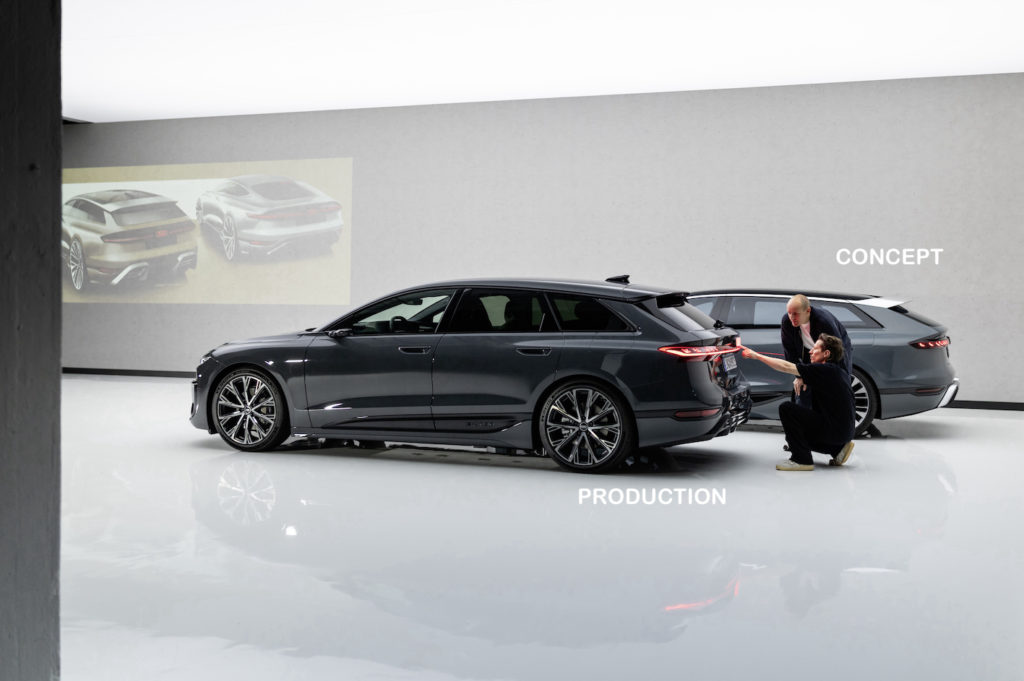
In 2022, just one year after the Sportback, you took up the challenge with the Avant concept, which will also be on the road in 2024. An all-electric Avant – how can you combine such innovation with tradition?
Wolf Seebers: “Beautiful estate cars are called Avant”. We’ve all taken that slogan completely on board. So our first all-electric Avant should be no exception. To visualise the sportiness and everyday usability that have always characterised this body style and are now an integral part of our DNA, we have created, recreated and discarded a large number of models. The whole silhouette of the Avant is based on the extremely dynamic C-pillar, so we had to emphasise it. The concept car emphasised this C-pillar by interpreting it strongly.
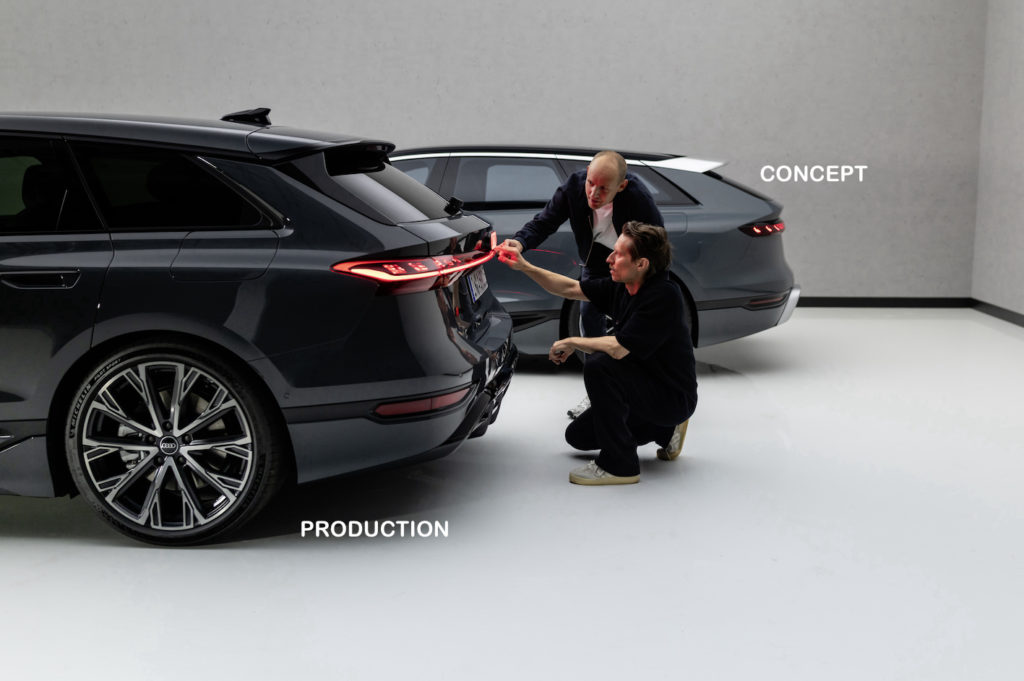
Sascha Heyde: The next step was, of course, to go into series production. It’s true, the slope of the pillar is a decisive factor. If it’s too dynamic, it gives the roofline an unattractive arch. If it’s too straight, it loses what makes it a typical Audi Avant pillar. It has to be at just the right angle to convey the perfect dynamism of the Avant concept, which is why we spent hours working together on the model in Clay. Our classics, such as the Audi 100 C2 Avant, already had this characteristic pillar, which gave them a strong identity and a kind of forward propulsion.
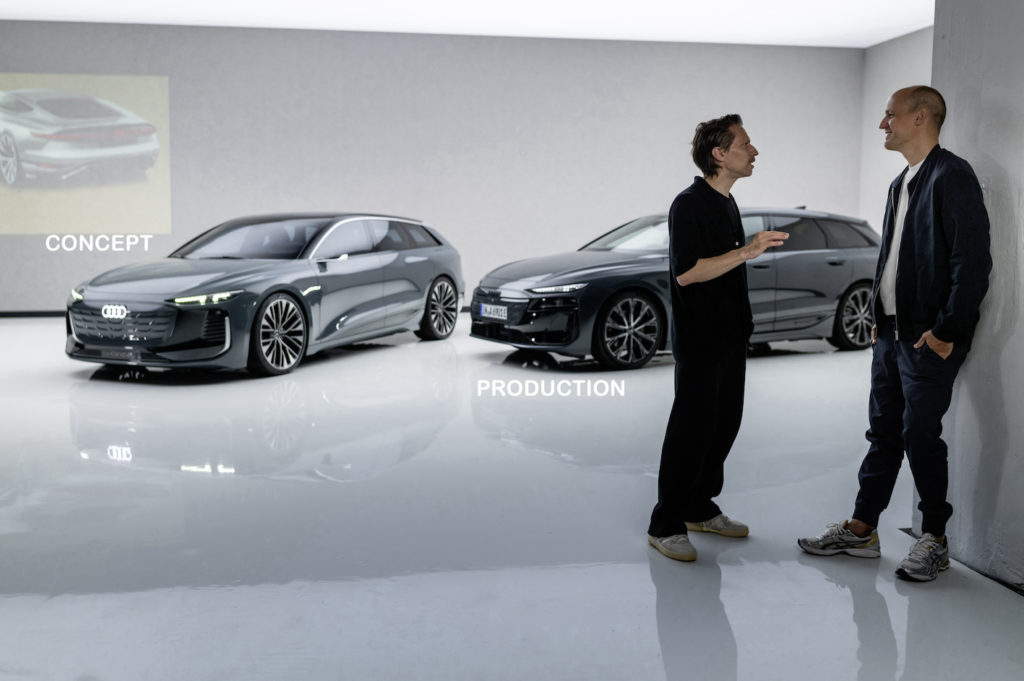
Sascha Heyde: What made this challenge even more difficult was that we wanted to open up a new ‘Before Electric’ world, so we needed something truly unique, something unprecedented. To achieve this, we completely recreated the roof structure. The chrome trim is now linked to the roof spoiler as a separate design element. It visually reduces the height, and its dynamic appearance further emphasises the sporty, elegant character of the A6 e-tron Avant.

Making technology visible is the credo that unites the entire Audi Design team. The Audi A6 e-tron scores top marks for aerodynamics (above). Were you limited by technical requirements?
Wolf Seebers: A good design has to be functional, i.e. it has to work. From the outset, it was clear that the electric range and, consequently, the aerodynamics of the A6 e-tron would play an important role. So we were already thinking about this when we created the two concept cars. Throughout the design process for the production cars, we worked with our colleagues in the aerodynamics team to refine, test and adapt.
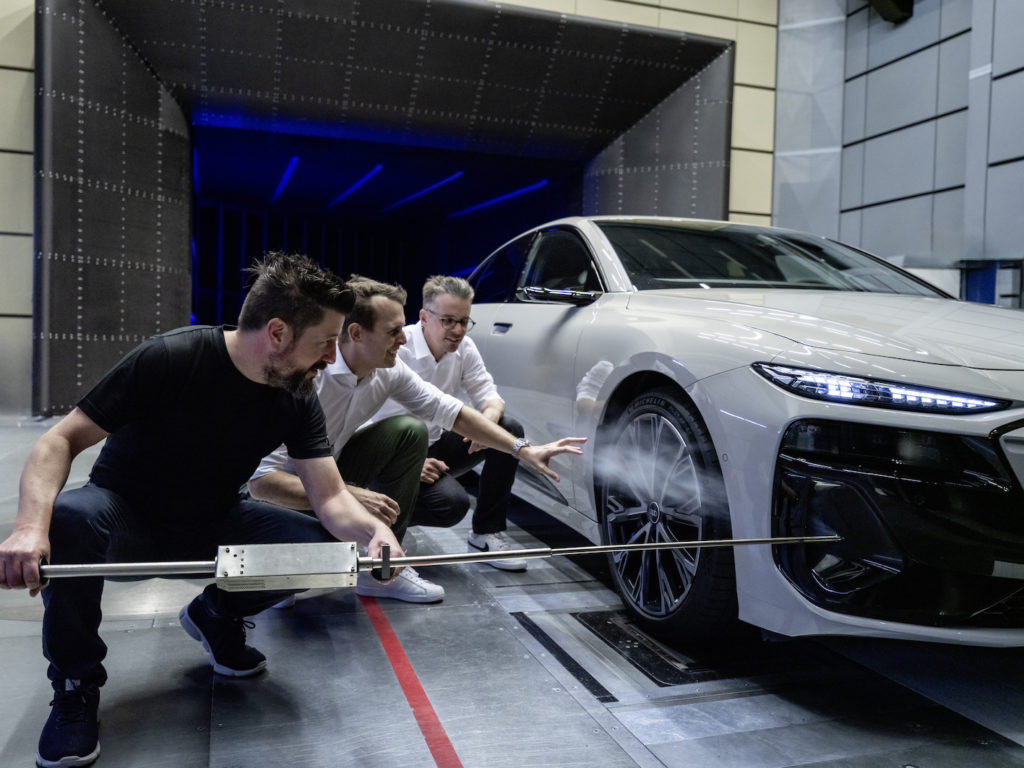
Wolf Seebers: In the end, we didn’t have to compromise on either side. In fact, we were able to create an incredibly cool aerodynamic design, where everything was worked down to the last millimetre, but with such subtlety that nobody would notice the enormous impact of the elements. The result is a real harmony between form and function. I remember my phone ringing and my colleague from the aerodynamics team practically shouting in my ear: “0.21! You won’t believe it, but we did it!” Together, we achieved the best Cx value ever for a production Audi model. I still get goosebumps when I think about it.
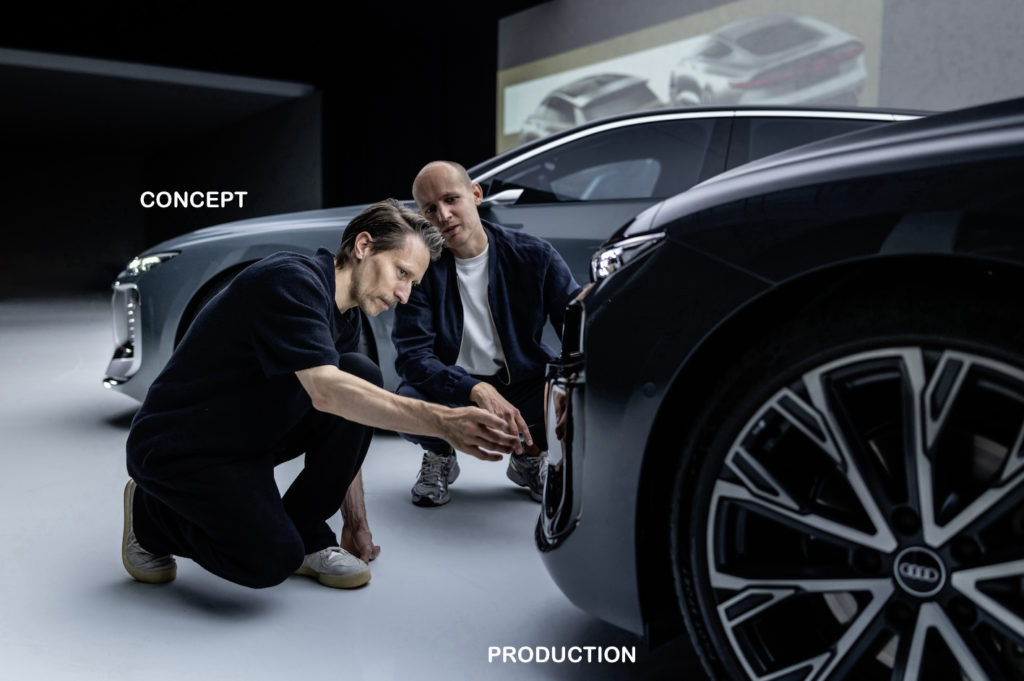
Speaking of goosebump-inducing moments, you’re not just outdoor designers, you’re also friends outside the design centre. How important is a good collaboration for creative work?
Wolf Seebers: Our collaboration was great and we always agreed very quickly. Sascha was essentially in charge of the creative side, while I was the link with our technological counterparts, the engineers. There’s a story behind every line. That’s why our teamwork was so essential to get those last few per cent that ultimately have the biggest impact, which can only be achieved through true passion.
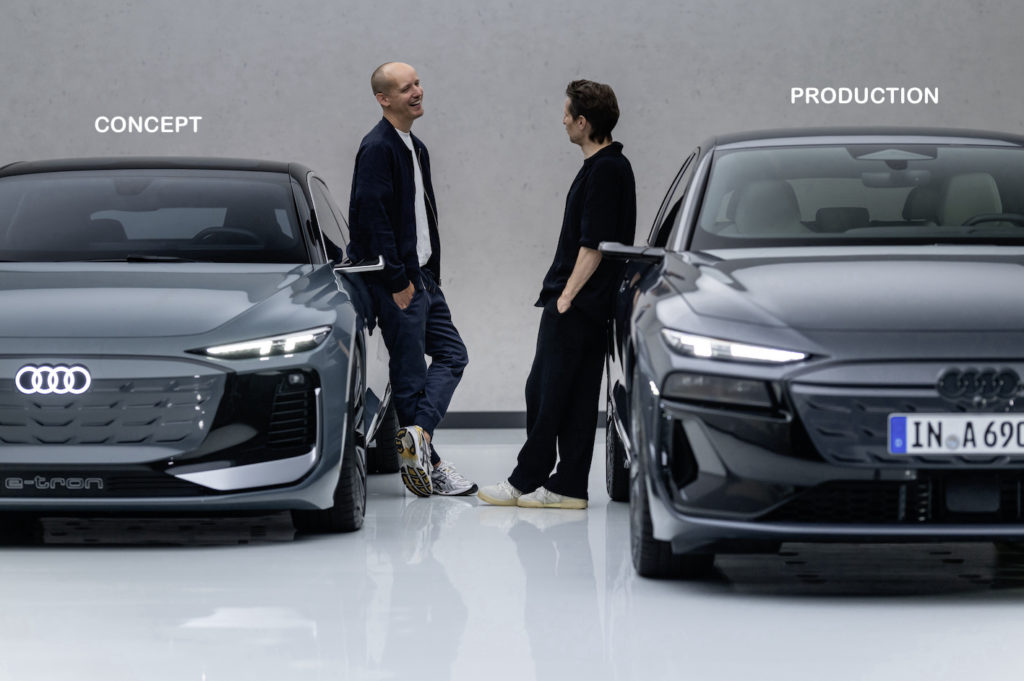
Sascha Heyde: We also worked closely with Gerhard Lawall, a member of the team who helped us finalise the data for the visible surfaces. He was our link between the design and construction departments, because all the surfaces of the model’s interior and exterior had to be represented digitally and geometrically to an accuracy of one hundredth of a millimetre before the car was finalised. Gerhard was one of our most experienced colleagues in the field of surfaces, having worked at Ausi for almost 40 years. He has accompanied countless Audis on their journey from the design centre to the road, and the A6 e-tron was his latest project. This is just one of the stories behind our designs that Wolf mentioned. The fact that he was once again able to put all his experience at the service of such an important and revolutionary model was very special. That’s what makes Audi so strong: the way we combine tradition and innovation, again and again.
